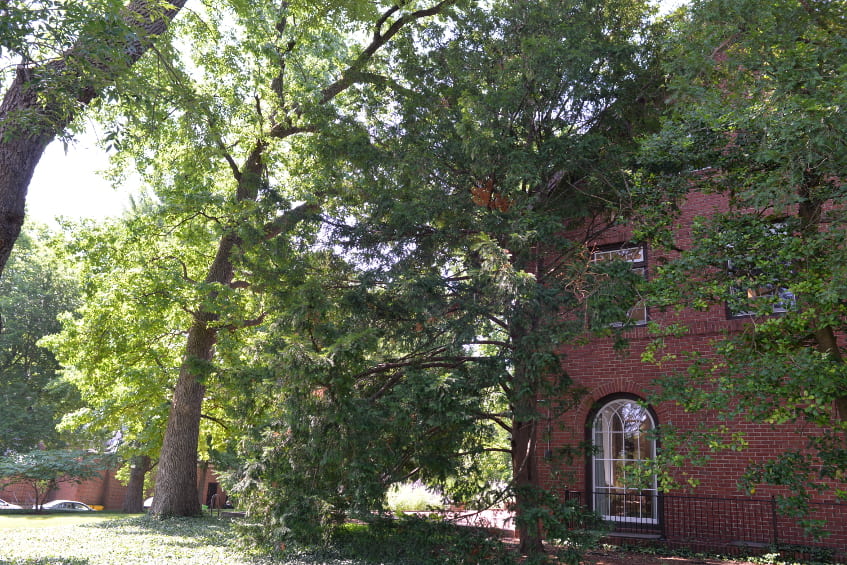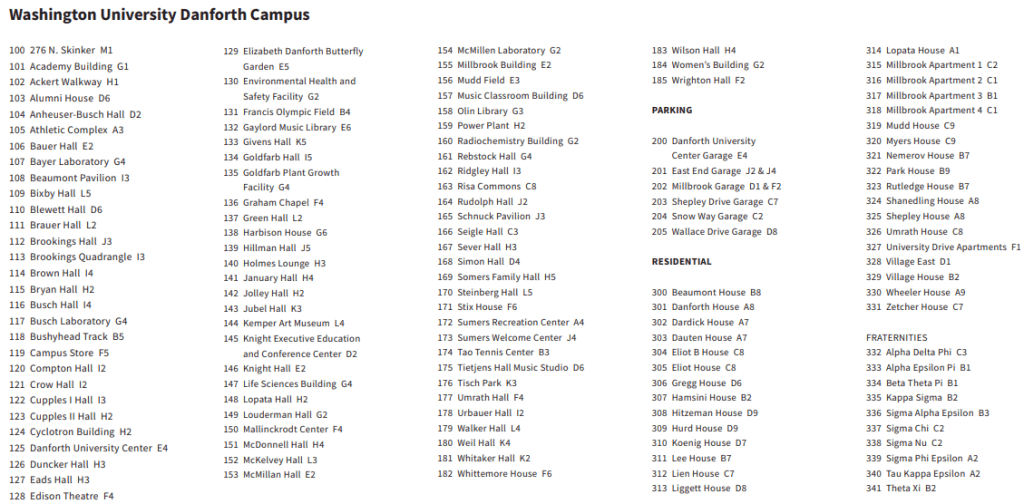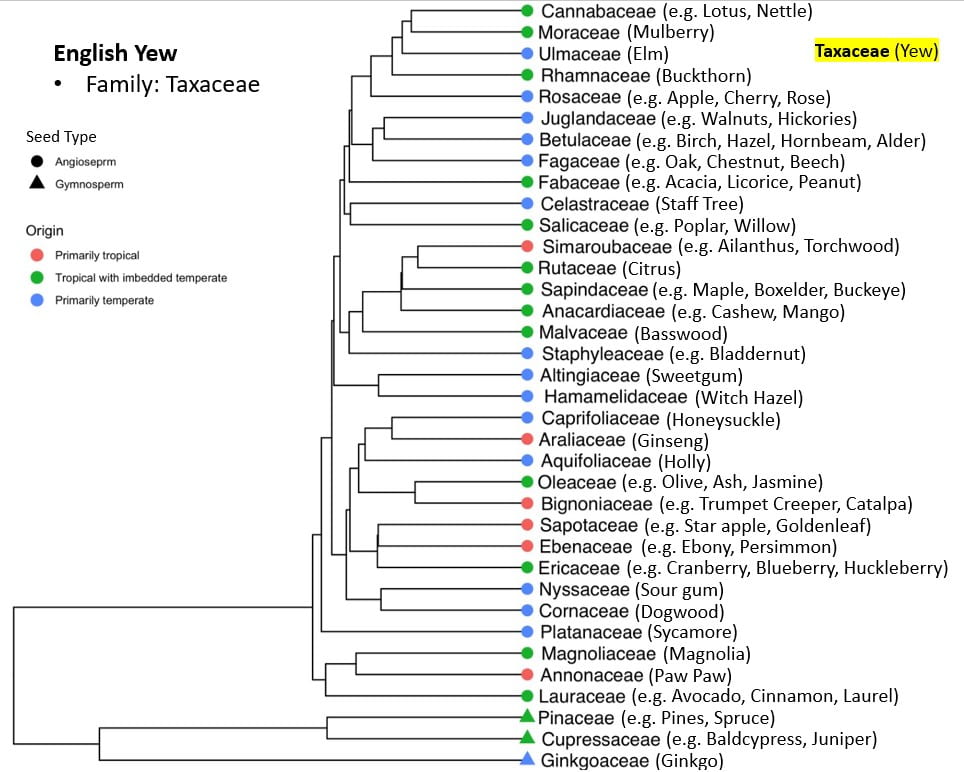English Yew
Arbor walk #65, Treekeeper ID #5329

Though associated with England, this tree is actually native to all of Europe, as well as southwestern Asia and Northern Africa. Red-brown scaly bark and evergreen dark green foliage ensures this tree is an attractive addition to landscapes year-round.
The English Yew prefers a mild climate and is intolerant of temperature extremes, meaning St. Louis winters are often too harsh for these trees to grow outside of certain sheltered areas. Though classified as a conifer, the tree does not produce cones but instead develops small red berry-like fruits. These berries are eaten by many birds, but like all other parts of the tree, are poisonous to humans if ingested. The Yew was regarded as a symbol of death and resurrection in Christianity and for Celts in particular. This is because not only is the Yew poisonous, but will easily propagate and grow from seeds once fallen to the ground.


GPS Coordinates
N/A
Percent Concrete
N/A
Distance to Buildings
| Year | Close Building #1 | Close Building #2 | Close Building #3 |
|---|---|---|---|
| 2020 | Stix International House, 3.62 m | Whittemore House, 49.98 m | McCarthy House, 65.78 m |
Distance to Other Species
| Year | Close Species #1 | Close Species # 2 | Close Species # 3 |
|---|---|---|---|
| 2020 | English Yew, 6.02 m | American Holly, 5.41 m | American Sweetgum, 8.98 m |
Standard Measurements
| Year | Height (m) | DBH (cm) | Caliper (m) | Crown Diameter N-S (m) | Crown Diameter E-W (m) | Average Crown Diameter (m) |
|---|---|---|---|---|---|---|
| 2020 | 12.7486 | 25.4 | N/A | 10.34 | 9.78 | 10.06 |
| 2023 | 14.49 | 26.4 | N/A | 8.04 | 9.56 | 8.80 |
Nests and Pests
| Year | Description |
|---|---|
| 2020 | Large areas of branch blight Heavy woodpecker activity Insect activity: gnats under bark, coccoon remnants, very small boreholes with sawdust A few larger boreholes A few areas of rotting wood |
Leaf Identification
The leaves of the English Yew are lustrous, flat needles that are up to 1 1/2″ long. They are a dark green and stay attached all year.
Twig and Bud Identification
Older twigs are dark and scaled, while younger twigs are light green or copper. Needles are layered alternately in a spiral around the twig.
Bark Identification
The English Yew has scaly, reddish-brown bark.
Cone and “Fruit” Identification
The English Yew males have yellowish cone-like structures, and the females have red, berry-like seed coverings called arils that cover the dark brown seed inside.









